For bodybuilders, the pursuit of losing fat without losing muscle is a crucial aspect of achieving an ideal physique. This delicate balance is not only about appearance but also about maintaining strength and performance. In this blog, we'll delve into the proven strategies and techniques that enable bodybuilders to shed excess fat while preserving their hard-earned muscle mass.
Mastering the Art of Calorie Deficit
Understanding the Basics
At the core of fat loss lies the concept of a calorie deficit, where bodybuilders must ensure that the number of calories burned exceeds the amount consumed. However, creating an overly large calorie deficit can lead to muscle loss along with fat loss. A moderate calorie deficit, typically ranging from 200 to 500 calories per day, is the sweet spot. This gradual approach allows the body to utilize its fat stores for energy, minimizing the risk of muscle breakdown.
Calculating Your Needs
Determine Total Daily Energy Expenditure: To accurately calculate the calorie deficit, start by determining your Total Daily Energy Expenditure. Total Daily Energy Expenditure encompasses three main components:
- Basal Metabolic Rate: The calories your body burns at rest.
- Physical Activity: Calories burned through exercise, daily movement, and workouts.
- Thermic Effect of Food: Energy used for digestion.
Set Your Intake Goal: Once the Total Daily Energy Expenditure is known, subtract the desired calorie deficit to establish your daily calorie intake goal. Online calculators and fitness apps can be invaluable tools in this process.
Prioritizing Protein Intake
The Muscle-Preserving Nutrient
Protein is the cornerstone for maintaining muscle mass during fat loss. Bodybuilders typically consume 1.6 to 2.2 grams of protein per kilogram of body weight daily. This high intake provides the essential amino acids required for muscle repair and growth, even when the body is in a calorie-deficit state.
Choosing the Right Protein Sources
Animal-Based Proteins: Opt for high-quality animal-based proteins such as:
- Lean Meats: Chicken, turkey, and lean cuts of beef.
- Fish: Salmon, tuna, and other fatty fish rich in omega-3 fatty acids.
- Eggs: A complete protein source, versatile for various meals.
- Dairy Products: Greek yogurt and cottage cheese, which are also good sources of calcium.
Plant-Based Proteins: Incorporate plant-based options like soy, tempeh, lentils, and chickpeas to diversify your protein intake and add variety to your diet.
Spreading Out Your Protein Intake
Distribute your protein intake evenly throughout the day, including in meals and snacks. For example:
- Breakfast: Start with a protein-rich meal like scrambled eggs with spinach or a protein-packed smoothie.
- Post-Workout: Consume a protein shake within 30 minutes of finishing your workout to kick-start muscle recovery.
- Dinner: Have a lean-protein-based main course, such as grilled chicken with vegetables.
Optimizing the Training Routine
Strength Training: The Muscle-Building Pillar
Strength training is indispensable when it comes to losing fat without losing muscle. In a calorie-deficit scenario, the body is more likely to break down muscle if there is no stimulus to preserve it. Strength training sends a signal to the body that muscle is required, reducing the likelihood of muscle loss.
Focus on Compound Exercises: Bodybuilders should prioritize compound exercises that work multiple muscle groups simultaneously, such as:
- Squats: Target the lower body, including the quadriceps, hamstrings, and glutes.
- Deadlifts: Engage the entire posterior chain, from the lower back to the calves.
- Bench Presses: Build strength in the chest, shoulders, and triceps.
- Rows: Strengthen the back and biceps.
Vary Your Workouts: Aim for 3 to 4 strength training sessions per week, with each session targeting different muscle groups. Vary exercises, weights, and reps to keep the muscles challenged and prevent plateaus.
Cardio: Finding the Right Balance
Cardiovascular exercise is an important part of the fat-loss process, but it must be done correctly.
- High-Intensity Interval Training (HIIT): HIIT is a popular choice among bodybuilders. It involves short bursts of intense exercise followed by brief rest periods. For example, sprinting for 30 seconds, then walking or jogging for 60 seconds, and repeating the cycle for 15 to 20 minutes. HIIT has been shown to effectively burn fat while preserving muscle mass.
- Low-Intensity Cardio: Long-duration, low-intensity cardio, such as a slow jog or a steady bike ride, can also be beneficial but should be used in moderation. Excessive low-intensity cardio, especially when combined with a large calorie deficit, can increase the risk of muscle loss. Aim for 2 to 3 cardio sessions per week and maintain appropriate duration and intensity.
Emphasizing Recovery and Rest
The Role of Sleep
Recovery is often underestimated but is vital for maintaining muscle during fat loss. When training, tiny tears are created in muscle fibers. During the recovery process, these tears are repaired, and muscles grow stronger. Sleep plays a crucial role in this regard. Aim for 7 to 9 hours of quality sleep per night. During sleep, the body releases growth hormone, which is essential for muscle repair and growth.
Additional Recovery Techniques
- Foam Rolling: Use a foam roller to relieve muscle tension and improve blood flow, which can aid in muscle recovery.
- Stretching: Incorporate stretching exercises into your routine to increase flexibility and reduce the risk of injury.
- Massage: Whether professional or self-administered, massage can also help in muscle recovery and relaxation.
Monitoring and Adjusting Your Plan
Tracking Your Progress
Regularly monitoring progress is key to losing fat without losing muscle. Keep track of the following:
- Body Weight: A basic indicator of overall progress, but it should be considered in combination with other factors.
- Body Fat Percentage: Use methods such as skinfold calipers or bioelectrical impedance scales to measure body fat.
- Muscle Mass: Professional body composition analysis can accurately assess changes in muscle mass.
Making Necessary Adjustments
If there is excessive muscle loss or insufficient fat loss, it is time to adjust the plan. Potential adjustments include:
- Calorie Intake: Modify your calorie intake based on your progress.
- Macronutrient Ratios: Alter the proportion of carbohydrates, fats, and proteins in your diet.
- Training Routine: Change the intensity, frequency, or type of exercises in your training program.
Conclusion
Losing fat without losing muscle is a challenging yet achievable goal for bodybuilders. By mastering the calorie deficit, prioritizing protein intake, optimizing the training routine, emphasizing recovery and rest, and regularly monitoring and adjusting the plan, bodybuilders can successfully shed fat while maintaining their muscle mass. So, start applying these strategies and take your bodybuilding journey to new heights!
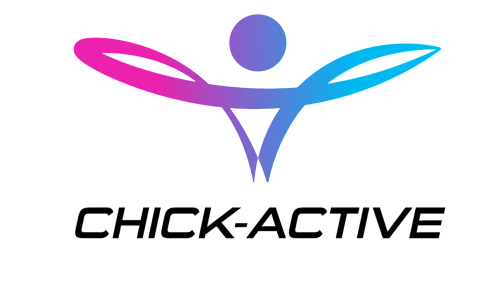
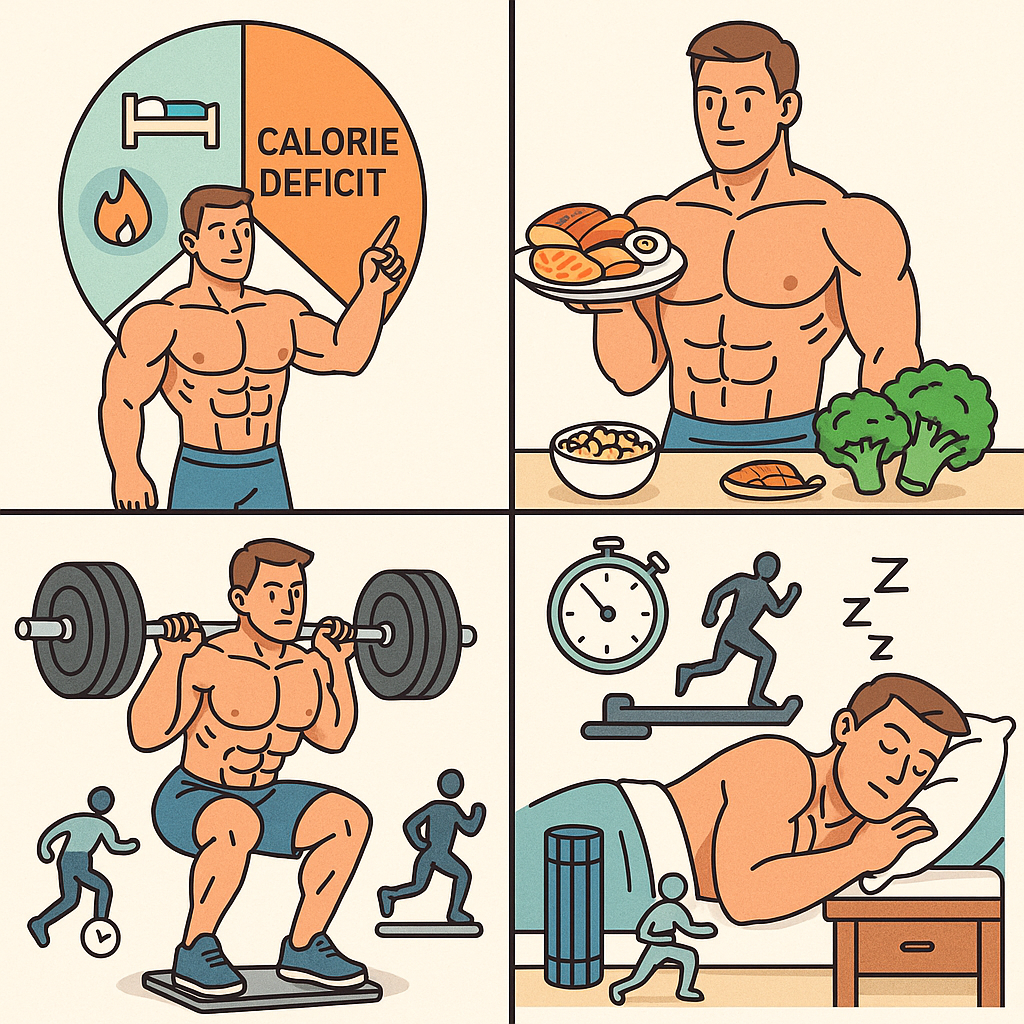

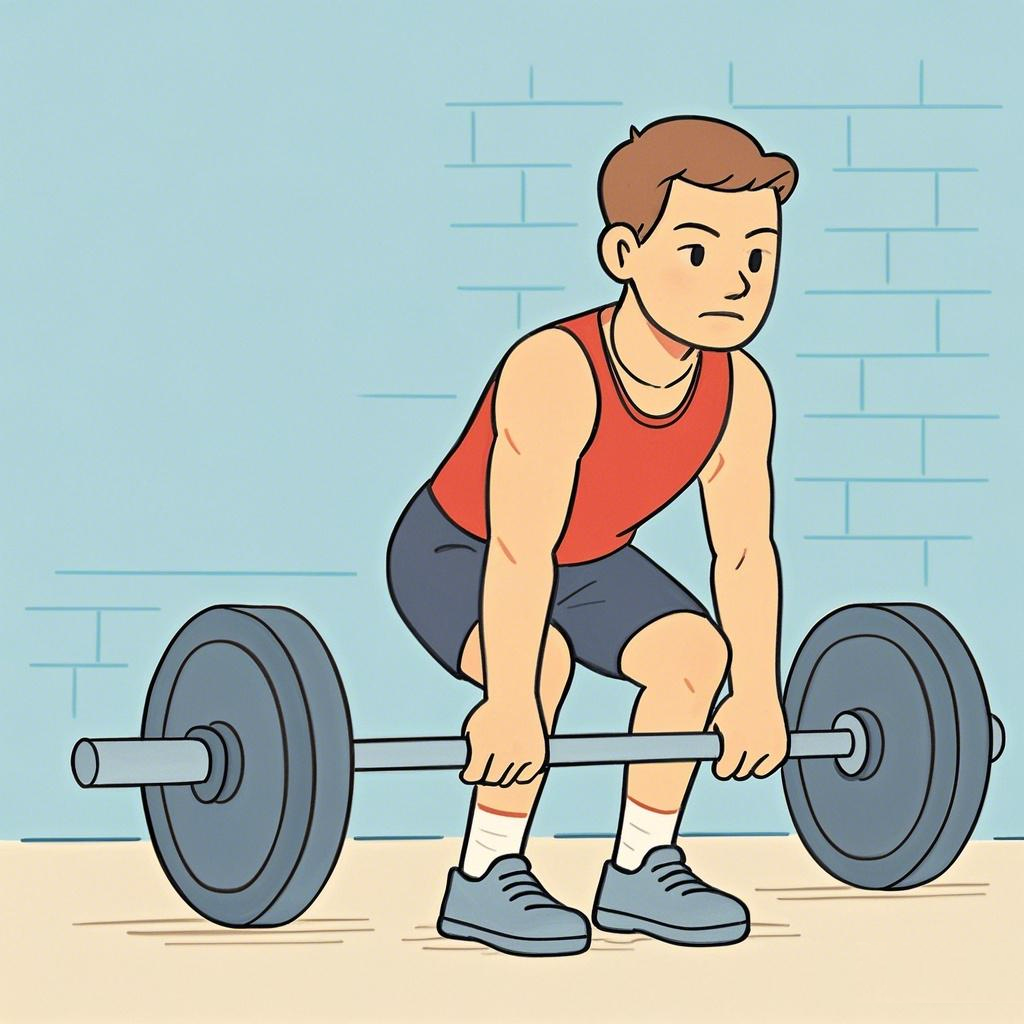


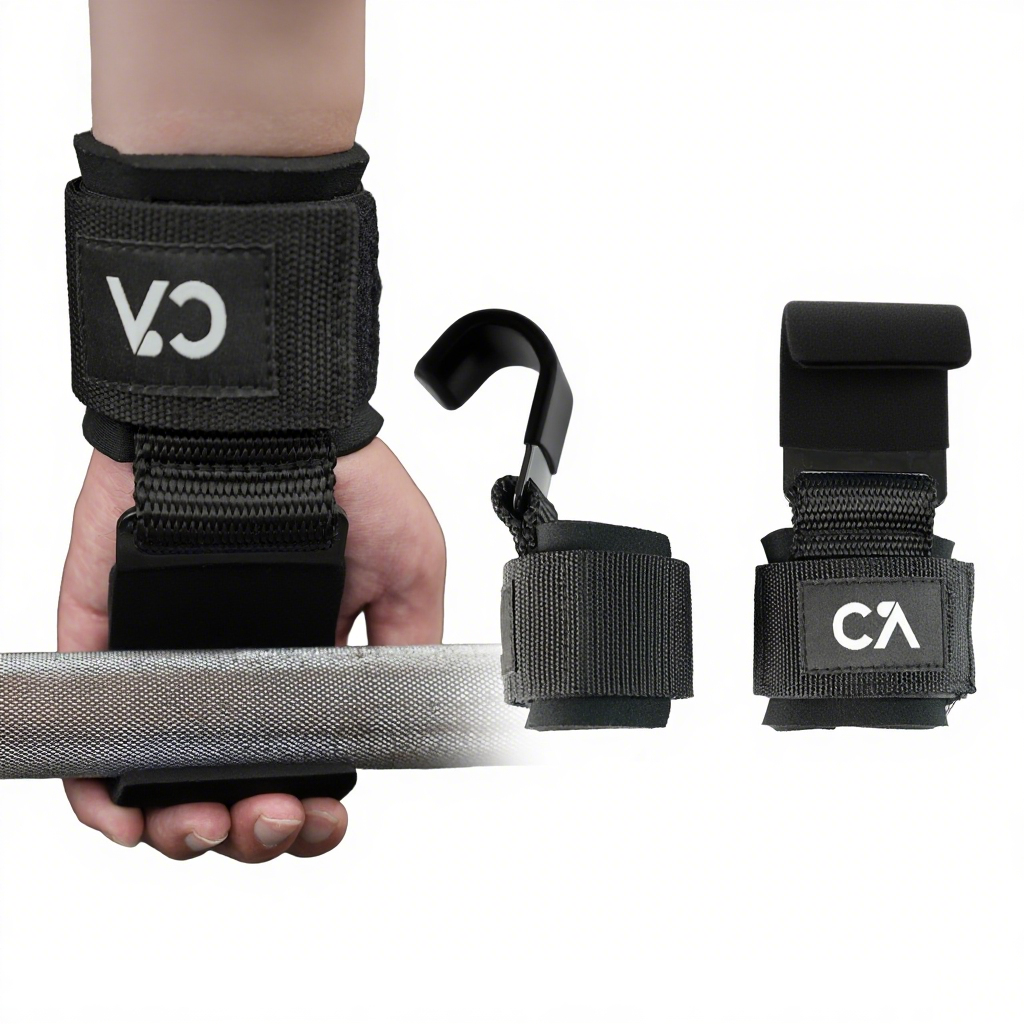
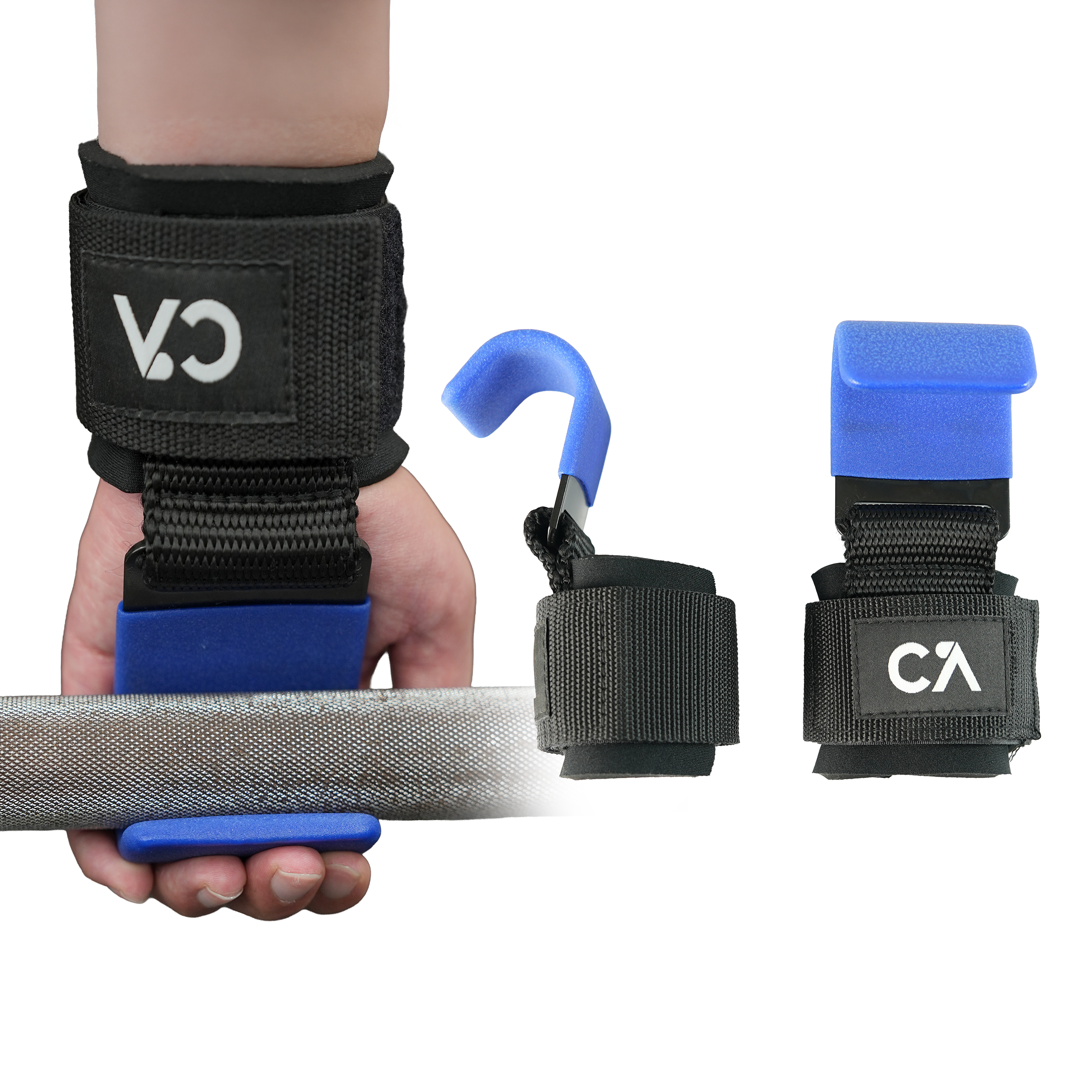
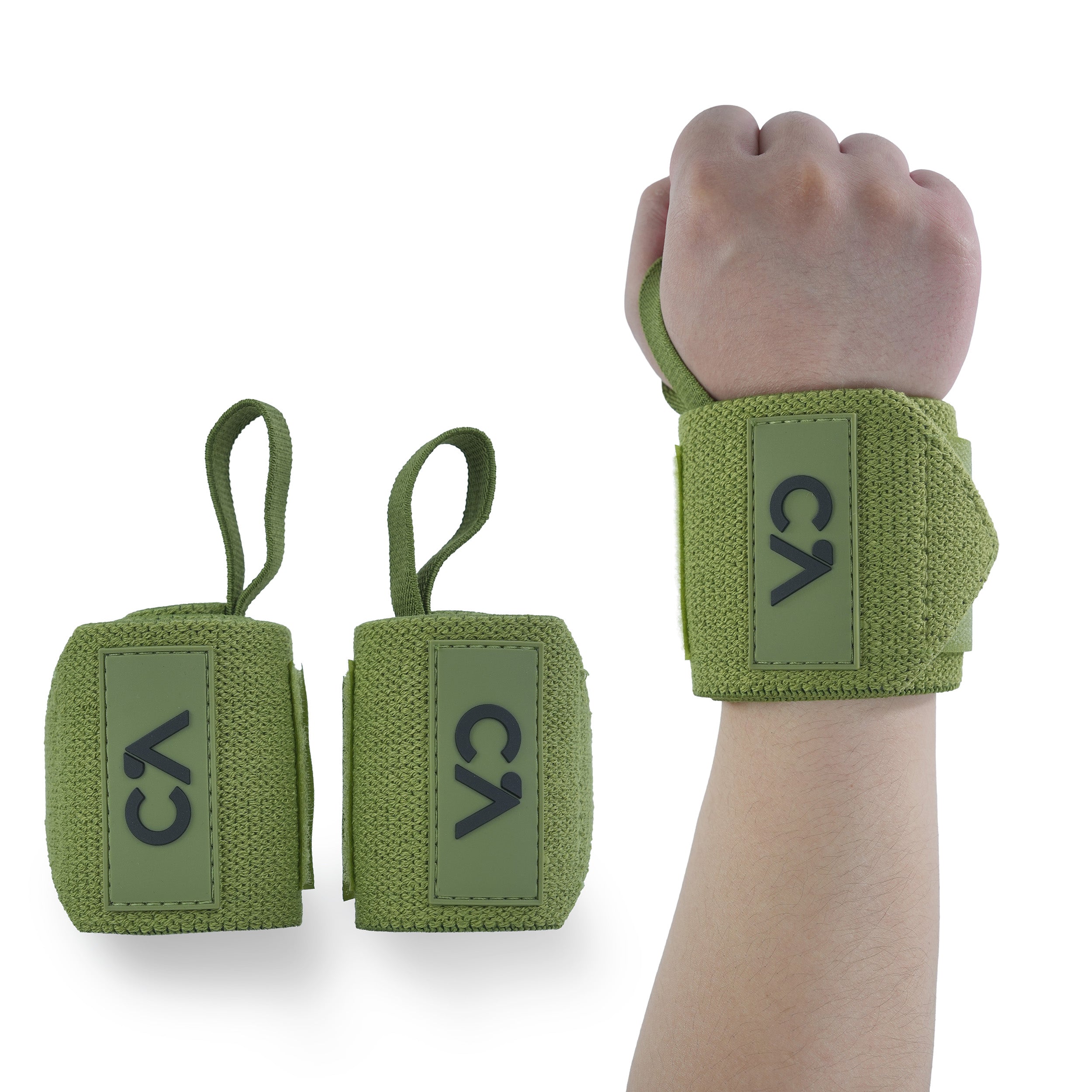
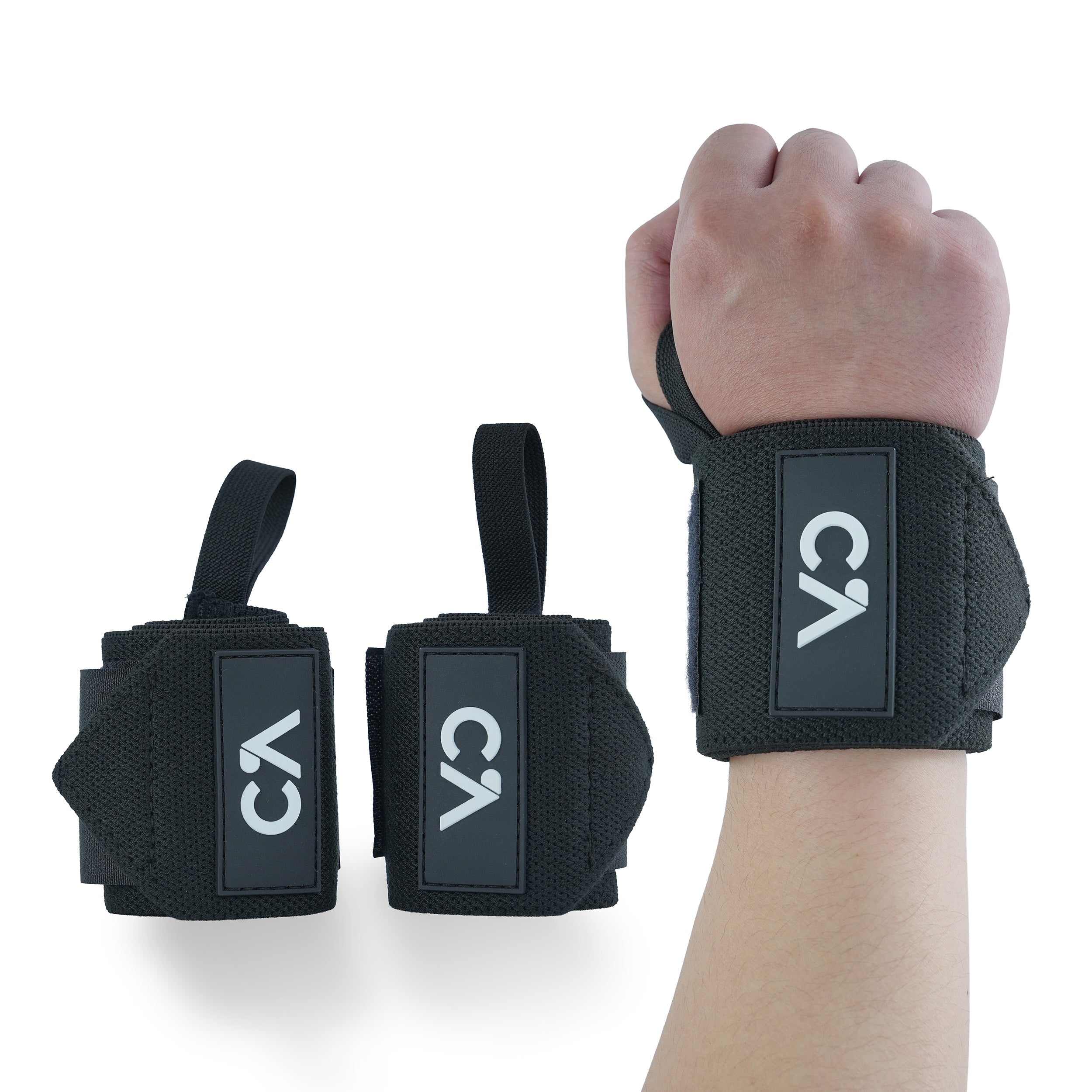
Leave a comment
All comments are moderated before being published.
This site is protected by hCaptcha and the hCaptcha Privacy Policy and Terms of Service apply.